Surrounded by a manic red, white and blue crowd shouting, “Four more years!” all I could think was, “Holy crap, I just wasted my last four years.”
The President of the United States was finishing his speech accepting the Democratic party’s nomination during the 1996 presidential election as I briskly walked through the aisles of the Chicago convention center, pockets full of 35mm film canisters.
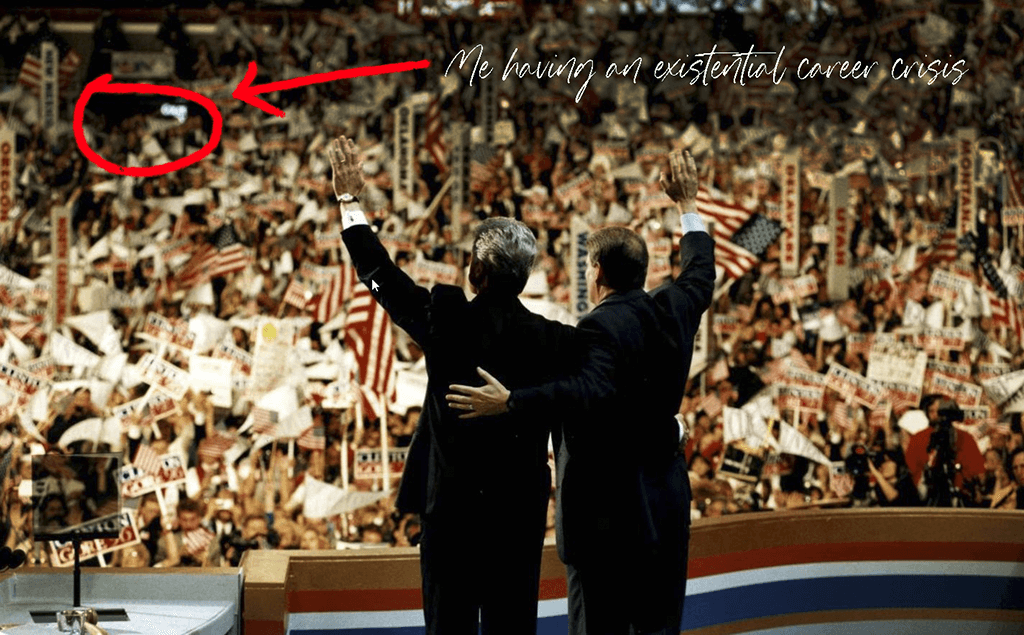
My sole responsibility was to ferry exposed film from dedicated press areas on the convention center floor to a jam-packed trailer filled with mobile film development labs and then travel back with new film for the very busy, very focused press photographers from the wire service I was working for.
Having just graduated with a B.F.A. in photography, where I had spent hours upon hours focused on my creative development by learning and practicing the art of manual black-and-white film development and printing, I was witnessing in real-time an entire domain and skillset that I enjoyed, had gotten quite good at, and hoped to start building a career with, become almost irrelevant overnight.
Another wire service and the direct competitor to the company I worked for had just switched to digital.
Instead of ferrying film canisters, their new hires were transporting memory cards.
Instead of taking 10-15 minutes to develop and scan the film, they uploaded images straight to the “wire” for purchase and worldwide publication.
From a “news business” perspective, that 10-15 minute difference meant our photographers might as well not have been at the speech.
I recognized that it would only be a matter of time before every technical skill I had learned in the previous four years would become less valuable and less viable as a career opportunity.
Every goal I had set, every expectation of how to move forward creatively and professionally, would have to be drastically altered and, in some cases, thrown out altogether.
It was a lesson I repeated as part of my effort to build a life focused on creative work in fine art, commercial photography, design, and even that promised fallback teaching career in Higher Ed.
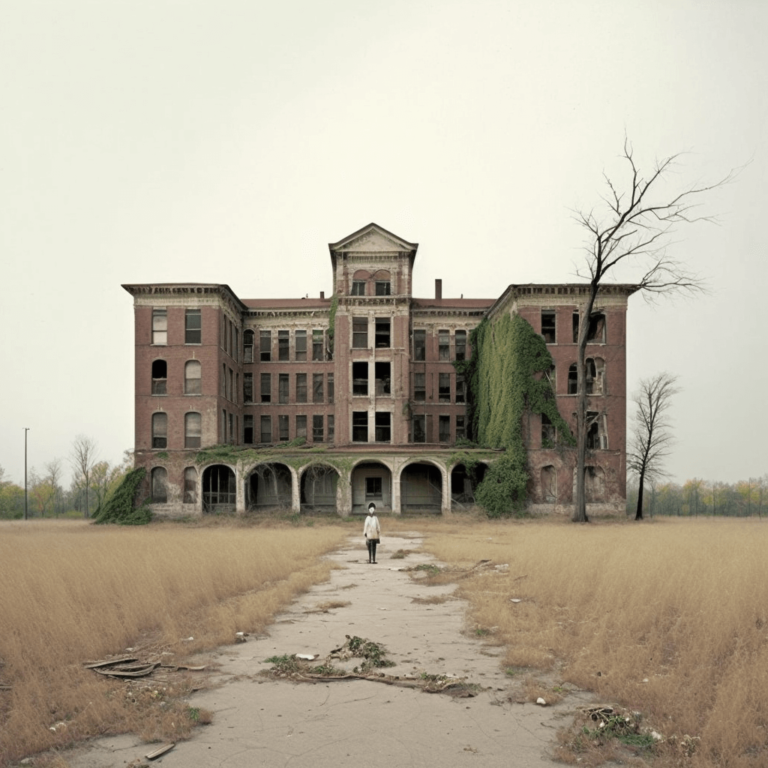
Call it stubbornness, naivete, or just plain ignorance, but it took me over a decade to realize that the dead ends I kept running into weren’t about talent, effort, or the pace of change and uncertainty.
They were about the standardized and dysfunctional systems and institutions that falsely promised specific outcomes and achievement if you just worked hard, got the proper credentials, paid your dues, and sacrificed for your creative work.
Awkwardly enough, the clarity of that realization came as I worked as an advisor and gatekeeper in service to the very systems that were making so many dubious promises to creatives.
We were selling fragile credentials signifying increasingly irrelevant skill sets taught by exploited creatives and claiming that it was a required path for those wanting to build a life and career doing creative work.
I found it insane that the same educational systems and structures that served so many creatives like myself so poorly had barely changed in two decades, despite being exorbitantly more expensive.
There had to be a better way to empower dedicated, hard-working, intensely passionate people who wanted to build lives and careers focused on producing meaningful creative work.
I’m an artist, designer, and educator whose mission has been to empower fellow creatives from various domains over the last two decades.
I invite you to join me as we explore how to build a more relevant, powerful, and agile way to approach your creative development.
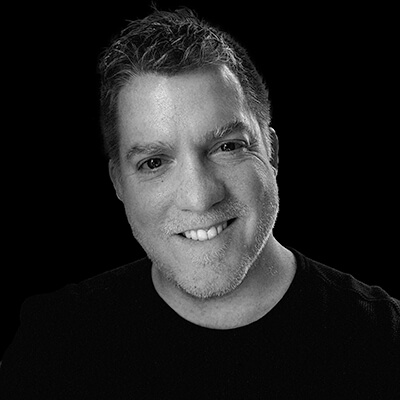
There is no standardized way to do this. Everyone’s path will be unique.
Still, in my twenty years of learning and teaching in various domains, there has always been one foundational approach that has worked wonders (and it is not taking out loans for graduate school).
Learn, and then share your learning.
It’s that simple.
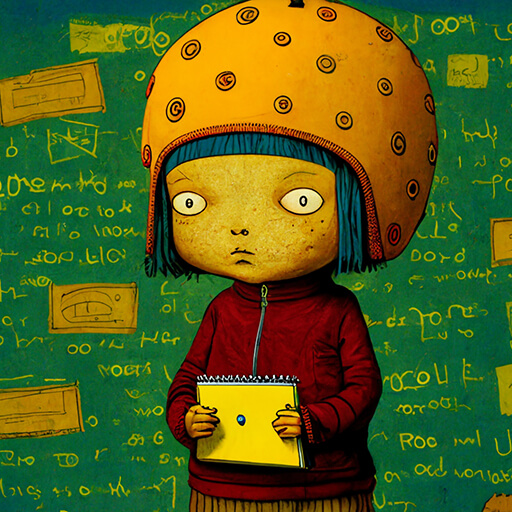
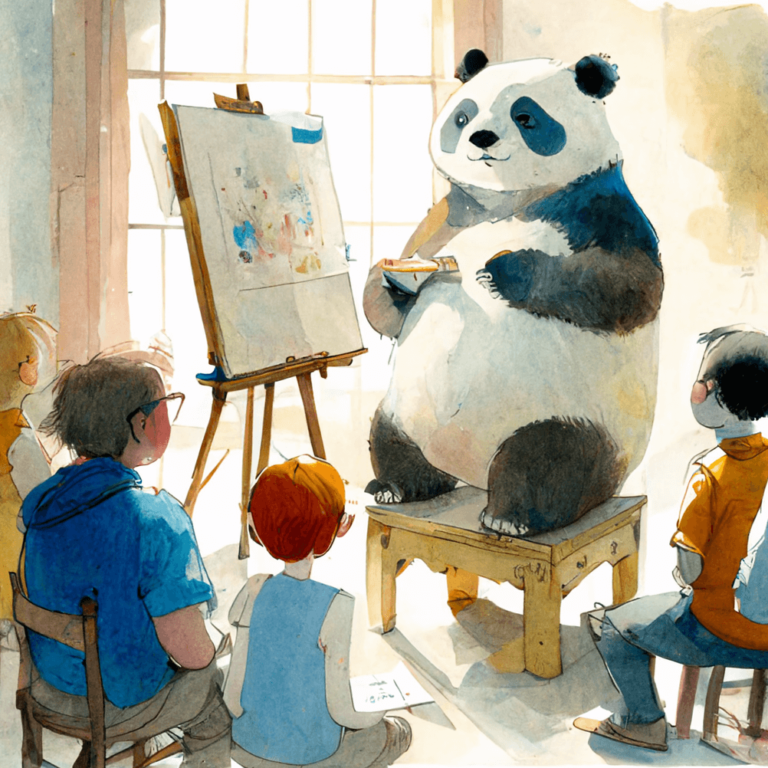
The most effective way to practice constant learning is by sharing it.
Sharing your learning is not limited to formal teaching. It also includes designing your portfolio, showing your work, conversing online or in person, and even asking questions.
Sharing what you are learning, what you are struggling with, what has worked for you, and what has been a total failure has the benefit of contextualizing your understanding while also providing incredible opportunities for connection with other creatives.
That is why this site exists, why we are building a fantastic community of creative learning at antifragile-creative.com, and why I hope you will join me as we continue to develop a network of incredible creatives learning with each other, sharing their knowledge and skills, and helping one another build viable, balanced, creative lives.
Ready to get to work?
Start by re-evaluating your goals!